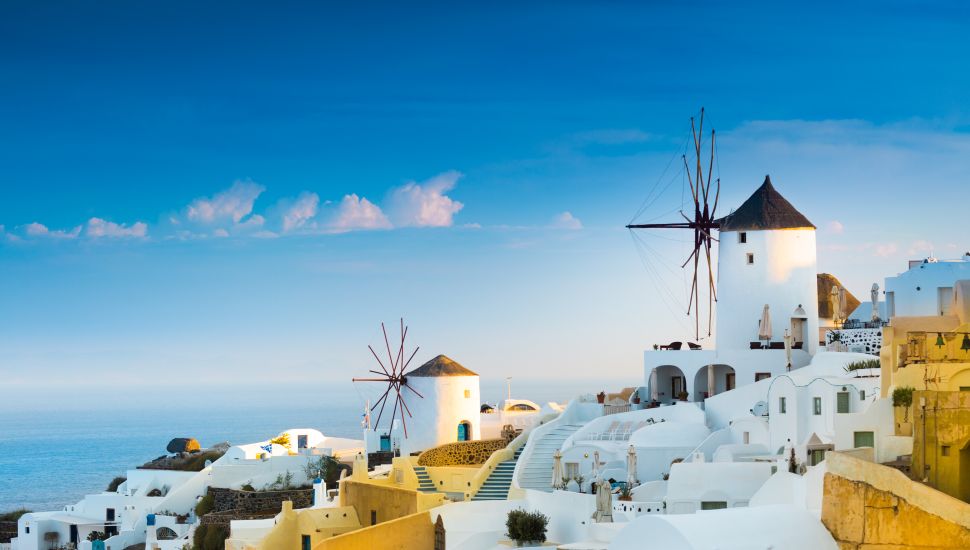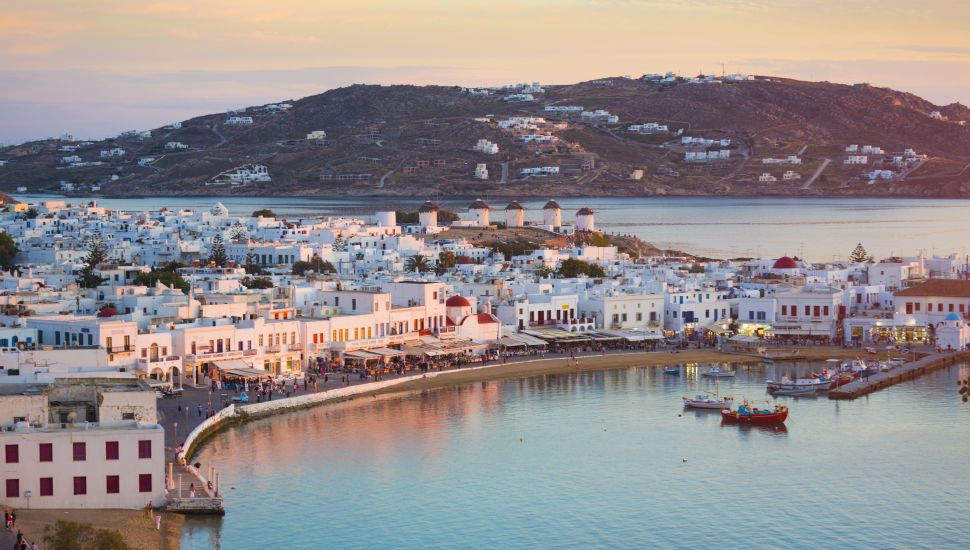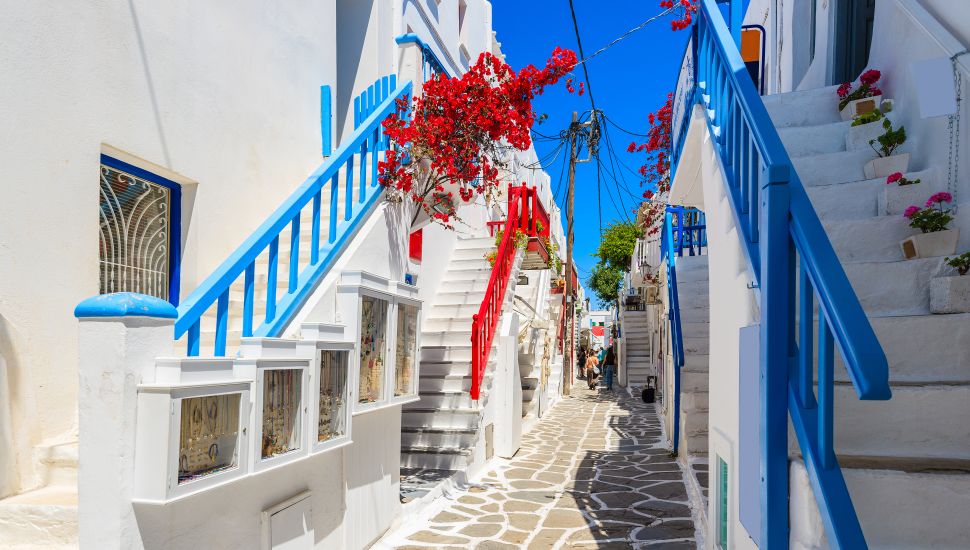Manic Mykonos: Greece's Enduring Party Island - Our Guide
If the word 'Mykonos' conjures up images of oiled bodies on white beaches, conga lines moving to Zorba the Greek and a clubbing scene that rages until sun up - then rest assured, the publicity has worked.
Undeniably, Mykonos is one of Greece's premier party islands. Its gay scene is among the world's best-known, although the island now casts a wider net for its tourists: package holidaymakers, cruise ship day-trippers and numerous A-listers come to party, preen and peruse - in sometimes vast numbers.
But for those seeking quieter beaches, ancient ruins and fascinating museums, Mykonos is more than satisfactory. It also has some great diving opportunities.
When to go
If you don't mind packed beaches, narrow streets (often) filled with cruise ship day-trippers and a night life scene that barely pauses for breath, head here in July or August. Naturally, accommodation prices rise considerably in this period.
For a quieter Mykonos experience, head here in late spring, when the land is still verdant and the hotels are far less busy - or in September, when things are also calmer, cheaper and cooler. Months book-ending the summer season still offer swimmable water temperatures. Beware that visiting later than September could mean encountering a profusion of flies, hornets and wasps, and that as the cooler months approach, many businesses close their shutters.

The Hóra
The island's Hóra, or main town, is best known for its fetching windmills and its tumble-down, whitewashed Paraportianí chapel. If you don't like crowds, high season in the Hóra could be testing - especially in the afternoon when many cruise-liners disengorge their many passengers. But once the day-trippers return to their floating hotels, the Hóra is a great place for an evening stroll.
Little Venice
Near the Hóra are these charming, arcaded medieval buildings, perched right on the water's edge. Here you'll find the town's more laid-back eateries and cafés, as well as the Archaeological Museum (open Tues–Sun 9am–4pm). It mostly houses pottery, which sounds possibly-dull, but is actually rather interesting: Inspect the details of amazing beasts and fighting scenes from the Iliad.
Beaches
The island's long, sandy stretches are its main draw, with Paradise assuming role of prime party beach. Waterskiing, diving and sunbathing are the chief daytime pursuits - although rarely before midday, due to the demands of the scintillating nightlife. Adjacent is Super Paradise, popular among gay visitors.
Families tend to patronise Psaroú to the west, while divers head to Kalafátis in the east.
Eliá is a full-on affair, with few gaps between the ranged sunbeds and a lot of noise from buzzing jet skis and pulsating beach bars.

Scuba diving
On Paradise Beach you'll find Dive Adventures, one of Greece's longest-operating dive enterprises. Explore two wrecks and numerous reefs. On the island's south east you'll find Kalafati Dive Center, running dive trips off the beach of the same name. A day's diving will cost 60-70 euros.
Delos
Take a boat to this islet (around 20 euros return) and the remains of one of the ancient world's most important mythical, historical and religious centres. This rich archaeological site rewards visitors with pretty coloured mosaics and ruined villas, together with the Houses of Cleopatra and Dionysos, and numerous temples and theatres. A fascinating day trip and a great antidote to the chaos of Paradise Beach. 12 euros per person, not including any guided tour fees.
Áno Méra
Set aside half a day for Áno Méra, with its atmospheric Monastery of Panagía Tourlianí, and its pleasant central plaza, home to an ornately carved marble fountain.

Where to stay
High end
Grace Mykonos
Superb views over the Aegean. Well-equipped rooms and fantastic service, but not cheap, especially in summer season (around £400 per night).
Mid-range
Panorama Hotel
Sufficiently comfortable, Panorama is just minutes from Agios Stefanos Beach. It may not set the world on fire in terms of spaciousness or amenities, but it is (relatively) affordable - and besides, you don't go to Mykonos to stay in your hotel room. Around £90 per night.
Budget
Paraga Beach Hostel
Is Mykonos do-able on the cheap? If you stay in one of the many party hostels, yes - although any savings may evaporate in the not-so-cheap on-site bars and eateries. Paraga is great for groups, but solo travellers may find it a little hard to connect given its vastness. 11 euros per night.
Getting around
There are regular buses connecting the island's towns and villages, with most tickets costing 1.60 euros. Drivers will often wait until the bus is jam-packed.
Taxi fares are reasonable (barring the occasional unscrupulous driver), but with only 30 cabs on the entire island, you may have trouble hailing one down - especially if a mega cruiser has just docked.
A handful of boat services present a fun and novel way of travelling between Paradise and the island's southern beaches (5-6 euros). There are also day cruises to ancient Delos, as mentioned above.
Car and motorbike rental shops are plentiful, offering a great way to stay independent and out of those packed buses. However, cars are not allowed in the town of Mykonos.
Get a Quote